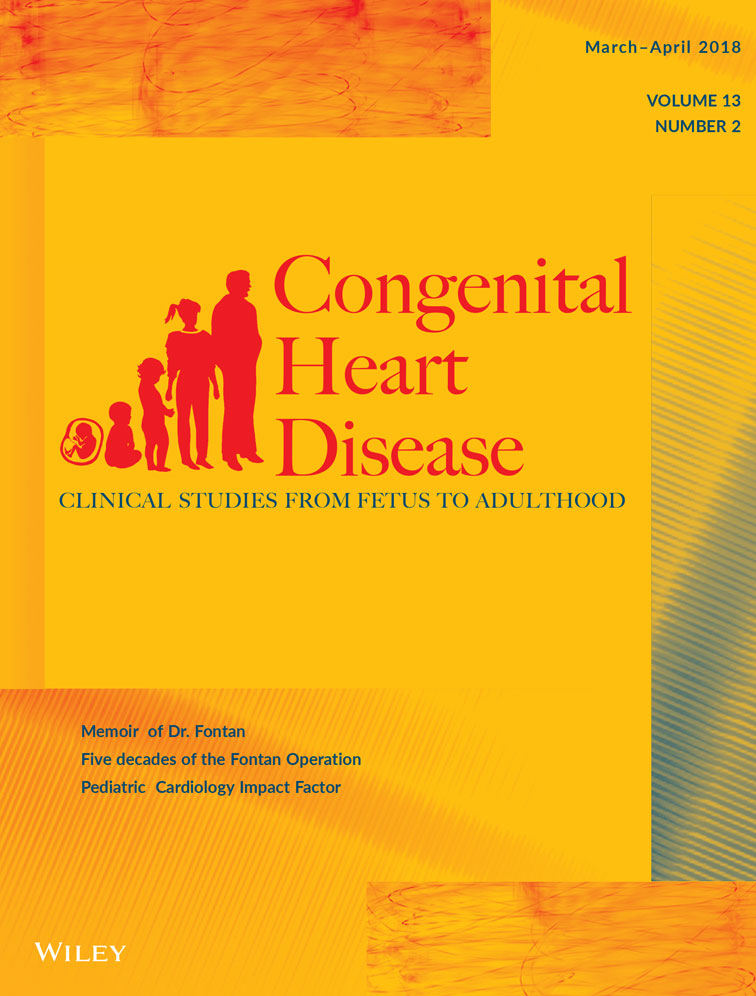Right ventricular contractile reserve in tetralogy of Fallot patients with pulmonary regurgitation
Abstract
Background
The right ventricular (RV) contractile reserve is a measure of the dynamic function of the RV and is a sensitive indicator of volume load. This can be measured noninvasively using the tricuspid annular plane systolic excursion (TAPSE) during exercise. We studied the RV contractile reserve of patients after tetralogy of Fallot (TOF) repair with varying degree of RV dilation and pulmonary regurgitation (PR), and compared them to a control group.
Methods
Twenty-six patients who had undergone TOF repair (mean age 29 ± 10 years) were identified and stratified into three group based on the presence and severity of RV dilation and PR. We recruited 13 age- and sex-matched controls with normal cardiac anatomy for comparison. After obtaining a baseline echocardiogram in the resting state, patients underwent exercise testing on a treadmill utilizing Bruce protocol. At maximal voluntary ability during the exercise testing, the patient was immediately laid down on an echocardiography couch, and a peak exercise echocardiogram was obtained.
Results
TOF patients, regardless of RV size and PR severity, had significantly shorter exercise duration (685 vs 802 s, P = .02), lower TAPSE at rest (1.7 vs 2.3 cm, P < 0.001) and at peak exercise (1.6 ± 0.4 vs 2.6 ± 0.5 cm P < .001) when compared to the control group. Patients with RV dilation were more likely to have worse RV contractile reserve but increased TAPSE and tricuspid annular acceleration at rest when compared to patients without RV dilation.
Conclusions
TOF patients with dilated RV and PR have worse RV function at rest and during exercise, compared to TOF subjects without RV dilation. Long-axis RV contractile reserve as assessed by TAPSE, was lower in TOF subjects versus controls, and was worse in those with significant RV dilation, suggesting a decline in contractile reserve with an increase in RV volume.
CONFLICT OF INTEREST
Authors claim no financial support and there are no conflict of interest.




